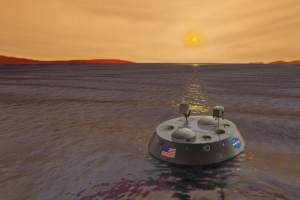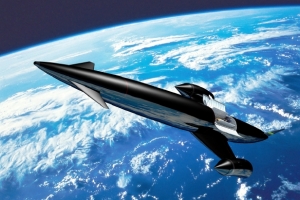[fototag id=”insidejameswebb”]
The James Webb Space Telescope (JWST), originally known as the Next Generation Space Telescope, employs engineering techniques never used on a space telescope before and will produce unparalleled views of the universe. The JWST is scheduled for launch in 2018 in a joint venture between the ESA, NASA and Arianespace. Primarily, the JWST will observe infrared light from distant objects.
To gather light on the telescope the primary mirror on the JWST is made of 18 hexagonal beryllium segments, which are much lighter than traditional glass and also very strong. To roughly point the telescope in the direction of its observations a star tracker is used, and a Fine Guidance Sensor (FGS) is employed to fine-tune the viewings.
The secondary mirror on the JWST, which reflects the light from the primary mirror into the instruments on board, can be moved to focus the telescope on an objects. Each of the 18 hexagonal segments can also be individually adjusted and aligned to produce the perfect picture. While Hubble’s primary mirror is just 2.4 metres in diameter, the mirror on JWST is almost three times as big at 6.5 metres in diameter, allowing for much more distant and accurate observations.
A box called the Integrated Science Instrument Module (ISIM) sits behind the primary mirror to collect the light incident on the telescope. The ISIM is attached to a backplane, which also holds the telescope’s mirror and keeps them stable. A sunshield, composed of five layers of Kapton with aluminium and special silicon coatings to reflect sunlight, protects the incredibly sensitive instruments.
Image courtesy of NASA.







